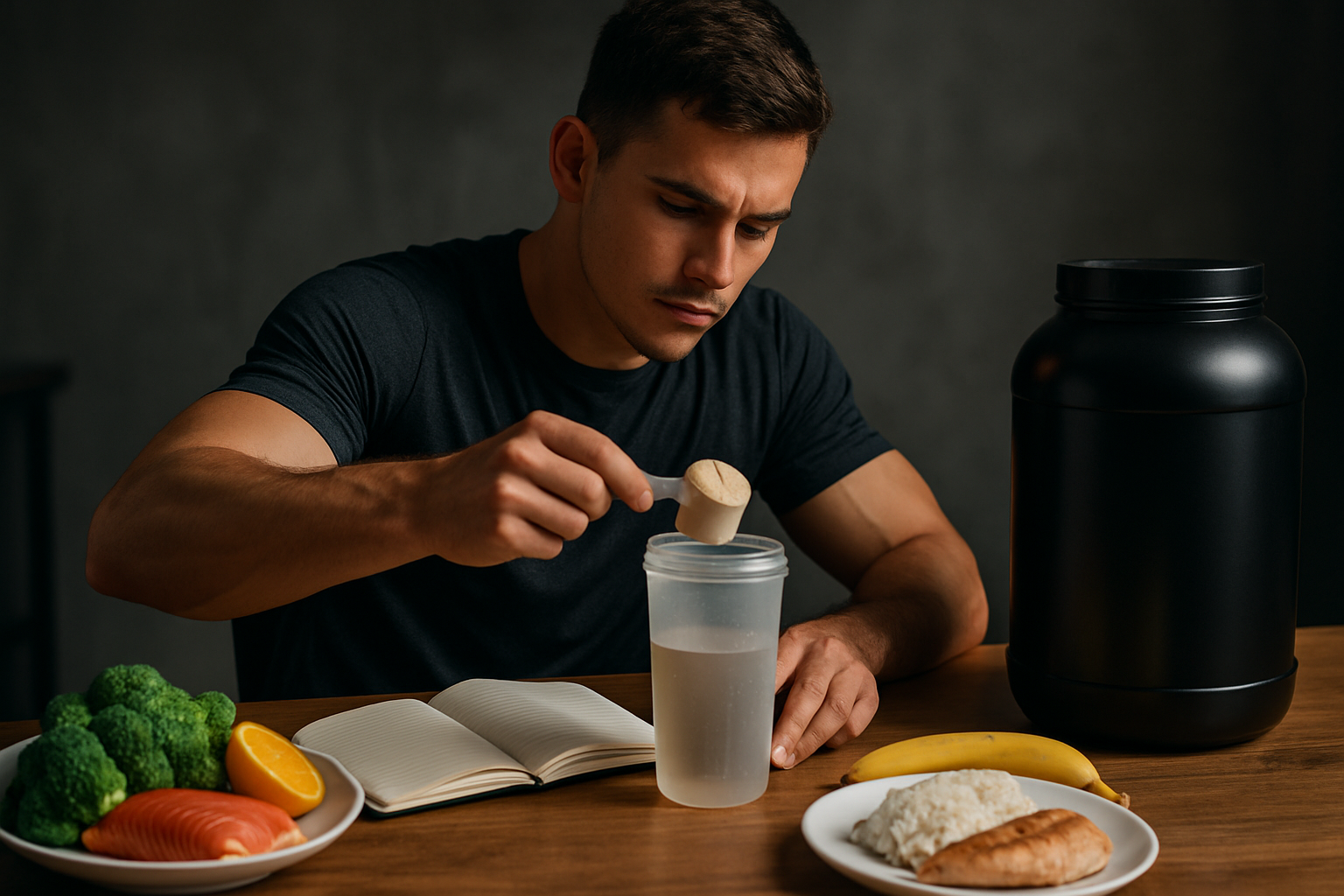3 Surprising Foods That Improve Bone Density In Seniors
Maintaining strong bones becomes increasingly important as we age, yet many seniors overlook the powerful impact that everyday foods can have on bone health. While calcium and vitamin D often steal the spotlight in bone density discussions, several unexpected foods can significantly boost bone strength through unique nutritional pathways. Understanding which everyday foods that help improve bone density can make a remarkable difference in preventing fractures and maintaining mobility in your golden years.

What Makes These Foods Surprising for Bone Health?
When most people think about bone-strengthening foods, they immediately picture milk, cheese, or calcium supplements. However, some of the most effective bone-building nutrients come from unexpected sources that work through different mechanisms than traditional calcium-rich foods.
Prunes, for instance, contain unique compounds called phenolic acids that help prevent bone breakdown while promoting new bone formation. Research has shown that eating just 5-6 prunes daily can improve bone mineral density in postmenopausal women within six months. These dried plums are rich in boron, potassium, and vitamin K, all crucial for bone metabolism.
Canned salmon with bones represents another surprising powerhouse. While fresh salmon is healthy, the canned version with soft, edible bones provides an exceptional calcium boost along with omega-3 fatty acids that reduce inflammation and support bone formation. A single 3.5-ounce serving contains nearly 300mg of calcium.
How Lifestyle Changes Support Bone Density Improvements
Incorporating bone-healthy foods works best when combined with supportive lifestyle changes that enhance nutrient absorption and bone strength. Weight-bearing exercises like walking, dancing, or resistance training create the mechanical stress that bones need to stay strong and rebuild themselves.
Adequate sleep plays a crucial role in bone health, as growth hormone released during deep sleep phases helps repair and strengthen bone tissue. Seniors should aim for 7-8 hours of quality sleep nightly to optimize bone regeneration processes.
Limiting alcohol consumption and avoiding smoking are equally important lifestyle modifications. Excessive alcohol interferes with calcium absorption and bone formation, while smoking reduces blood flow to bones and decreases the body’s ability to absorb calcium effectively.
Sun exposure for natural vitamin D production enhances calcium absorption from foods. Just 10-15 minutes of morning sunlight several times per week can significantly improve your body’s ability to utilize the calcium from bone-building foods.
Which Everyday Foods Help Improve Bone Density Most Effectively?
Beyond the surprising options mentioned earlier, several common foods pack impressive bone-building potential when consumed regularly. Leafy green vegetables like kale, collard greens, and bok choy provide highly absorbable calcium along with vitamin K, which helps direct calcium to bones rather than soft tissues.
Sesame seeds and tahini offer concentrated calcium in a small package. Just two tablespoons of tahini contain about 120mg of calcium, plus magnesium and phosphorus that work synergistically with calcium for optimal bone health.
Figs, whether fresh or dried, provide calcium, potassium, and magnesium in a naturally sweet package. Five dried figs contain roughly the same amount of calcium as half a cup of milk, making them an excellent option for those who are lactose intolerant.
Sardines deserve special mention for their combination of calcium from soft bones, vitamin D, and omega-3 fatty acids. These small fish are among the most nutrient-dense foods available for bone health, providing multiple bone-supporting compounds in each serving.
When to Visit a Doctor About Bone Density Concerns
Regular bone density monitoring becomes essential as we age, particularly for women after menopause and men over 70. You should schedule a bone density test if you experience height loss of more than 1.5 inches, develop a stooped posture, or suffer fractures from minor falls or injuries.
Persistent back pain, especially in the lower back, may indicate compression fractures in the spine that warrant immediate medical attention. These fractures can occur with minimal trauma when bone density is significantly compromised.
If you have risk factors like family history of osteoporosis, long-term steroid use, or certain medical conditions affecting bone metabolism, discuss earlier screening with your healthcare provider. Early detection allows for more effective intervention strategies.
Your doctor can assess your overall bone health, recommend appropriate testing schedules, and help develop a comprehensive approach combining dietary improvements with other evidence-based treatments when necessary.
Maximizing Absorption of Bone-Building Nutrients
Even the most nutritious foods won’t help if your body can’t absorb their bone-building compounds effectively. Consuming vitamin C-rich foods alongside calcium sources significantly improves absorption rates. Try adding strawberries to your yogurt or bell peppers to your leafy green salad.
Avoiding certain food combinations can also optimize nutrient uptake. Coffee, tea, and foods high in oxalates can interfere with calcium absorption when consumed simultaneously with calcium-rich foods. Space these items at least two hours apart from your main bone-building meals.
Magnesium works as calcium’s partner in bone formation, so ensure adequate intake through nuts, seeds, whole grains, and dark chocolate. Without sufficient magnesium, excess calcium may actually weaken bones rather than strengthen them.
Consider the timing of your bone-healthy foods throughout the day. Your body can only absorb about 500mg of calcium at once, so spreading calcium-rich foods across multiple meals maximizes utilization rather than consuming large amounts in single servings.
Building stronger bones doesn’t require expensive supplements or dramatic dietary overhauls. By incorporating these surprising everyday foods and supporting lifestyle changes, seniors can take meaningful steps toward maintaining bone density and reducing fracture risk. The key lies in consistency and choosing nutrient-dense options that provide multiple bone-supporting compounds rather than isolated nutrients alone.
This article is for informational purposes only and should not be considered medical advice. Please consult a qualified healthcare professional for personalized guidance and treatment.




